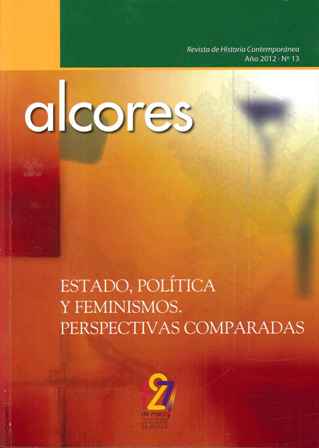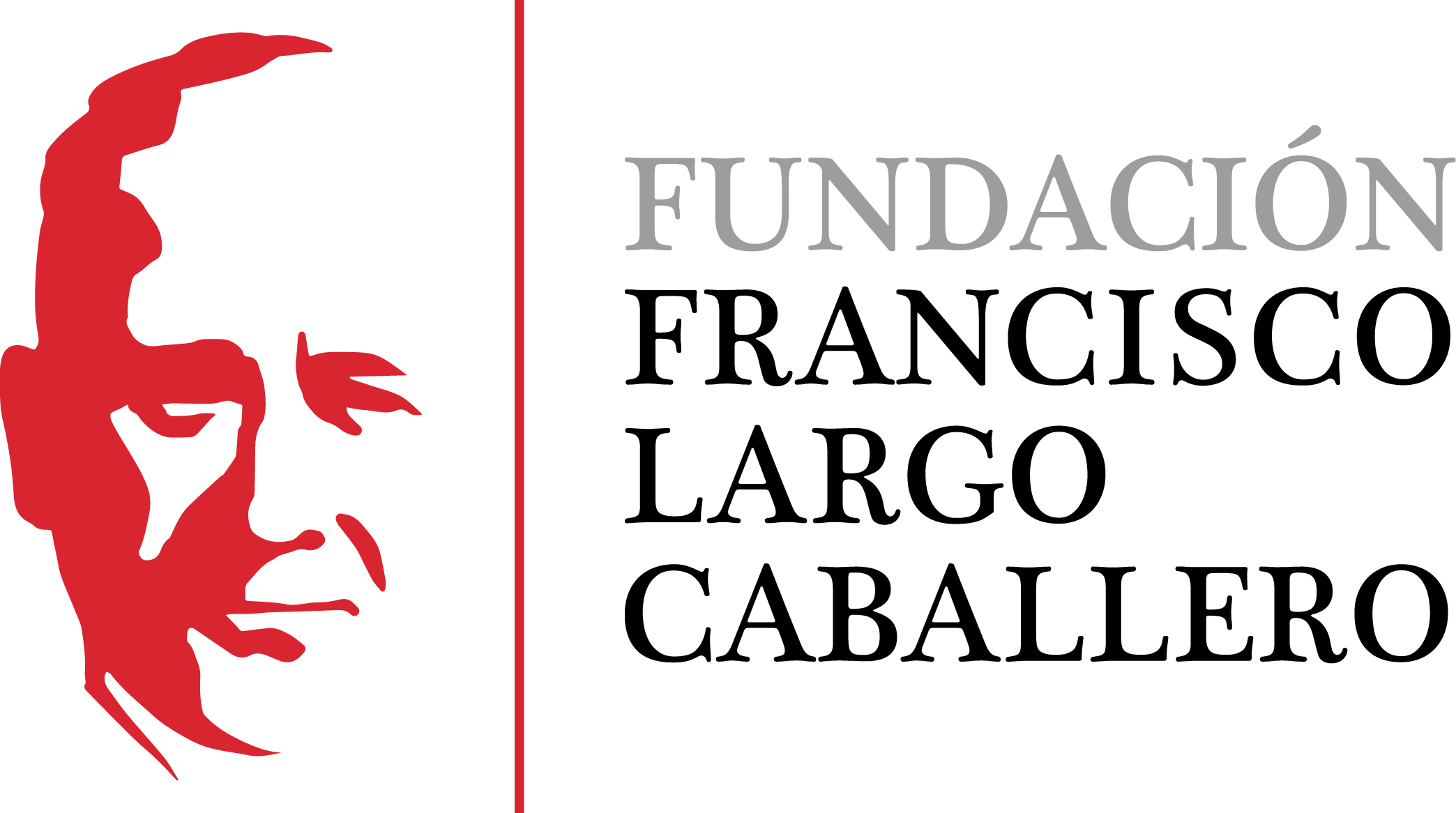Heterodox nationalists in Euskadi in the 20th century
DOI:
https://doi.org/10.69791/rahc.150Keywords:
Basque nationalism, political heterodoxy, Basque Country, Spain, 20th centuryAbstract
From the late 19th century onwards, the main dividing-line of the Basque nationalist movement was not between a right and a left wing, but between moderates and radicals, related to their policy about the Basque autonomy inside the Spanish State. In addition, there was a third way of heterodox nationalists, among which we could mention some individuals in the period of the Spanish Restoration, Acción Nacionalista Vasca during the Second Republic, the Civil War and its exile under Franco’s dictatorship, ESEI in the Spanish Transition to democracy, and Euskadiko Ezkerra in the 80s and early 90s. This article analyzes their common features, its evolution, its contributions, its political failure and disappearance.
Downloads
Global Statistics ℹ️
|
47
Views
|
22
Downloads
|
|
69
Total
|
|
Downloads
Published
How to Cite
Issue
Section
License
Copyright (c) 2013 José Luis de la Granja Sainz, Gaizka Fernández Soldevilla

This work is licensed under a Creative Commons Attribution 4.0 International License.
Alcores is an open-access journal. It provides unrestricted access to its content from the moment of publication. We respect intellectual property rights, and for this reason, the author retains the copyright. All content is distributed under a Creative Commons Attribution 4.0 International (CC BY 4.0) license. The terms of the license can be consulted at: https://creativecommons.org/licenses/by/4.0/
This license allows sharing (copying and redistributing the material in any medium or format) and adapting (remixing, transforming, and building upon the material for any purpose), provided that authorship and first publication in this journal are properly credited, a link to the license is included, and any changes made are indicated.
This type of license facilitates the freedom of reuse and ensures that the content of this journal can be used to meet research needs.





